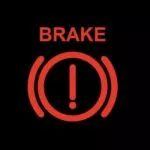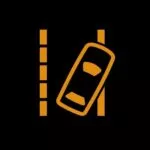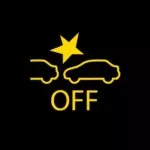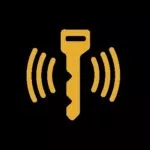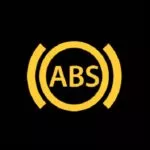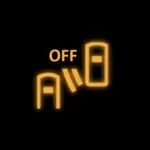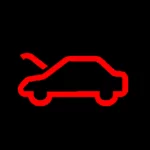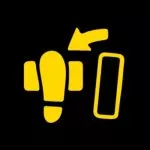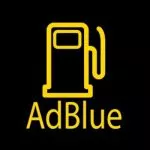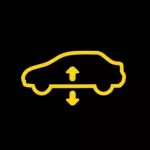Infiniti Q30 Warning Lights
The Most Common Infiniti Q30 Symbols
These are the most common dashboard symbols that you will see in your Infiniti Q30. Click on one to see more information or scroll further down to see the link to the owner's manual where you can find even more symbols.
Can't see the warning light you are looking for? Check the official manual:
View Owner's Manual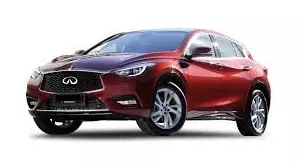
- Manufacturer: Infiniti
- Data Source: Owner's Manual
About the Q30
Designed as a subcompact executive car, the Q30 was a car created by Infiniti, a division of the Japanese automaker Nissan.
It had a relatively short run of just 3 years between 2016 and 2019 and was built upon the same platform shared with the 3rd generation A Class from Mercedes-Benz to create a hatchback.
Infiniti was able to take advantage of Mercedes's resources as a result of the partnership formed between Nissan, Renault and Mercedes with which they also shared technology. After the vehicle was pulled, it was replaced by the revised QX30 which was both a taller vehicle and essentially a crossover SUV.
Designed by the executive design director Alfonso Albaisa, his mission statement for creating the vehicle was to include ‘passion, precision and provocation.’ Using the crescent C Pillar to create a voluptuous body, the Q30 was manufactured at the Nissan plant in Sunderland, UK.
The first concept car of the Q30 was showcased at the Frankfurt Motor Show in 2013, a full three years before the production vehicle went on sale, and the final salable version was taken directly from that concept.
For a sportier look, Infiniti lowered the ride height, added 19-inch wheels and changed the styling of the front and rear. Sharing most interior technologies with Mercedes, Infiniti used their own infotainment system the ‘Infiniti InTouch,’ which allowed for on-traffic demand and a map function; this system was also installed in the Infiniti Q50, Q60 and the QX60.
Using an internet connection, the infotainment system could be regularly updated via the Telematics control unit. A rather unique feature was the ability for the driver to call the operator directly from inside the vehicle and have the call answerer set the destination and directions. The idea behind this was to keep the driver from being distracted so that they wouldn’t have to keep looking down to set the sat nav.







